
7 minute read
Providing protection in the toughest spots
CORROSION I PROFILE
Netherlands-based company CORROSION has grown into an internationally recognised leader providing creative anti-fouling and corrosion solutions for vessels, offshore wind farms, and onshore applications. These sophisticated systems are used worldwide, protecting valuable assets in the most adverse conditions. Profile by Andy Probert.
Advertisement
Established in 1993, CORROSION has grown from a small unit in Moerkapelle in the Netherlands to become a global player in anti-fouling and corrosion protection, with subsidiaries in Germany, France, China and Vietnam.
Whether it is wind turbines or tankers, metal surfaces exposed to the elements are vulnerable. This can present significant economic cost in terms of replacement or repair, and significant danger in the event of catastrophic equipment failures.
CORROSION has developed internationally recognised sustainable solutions and cathodic protection. The company’s highly sophisticated ICCP and ICAF systems are utilised to protect offshore and onshore assets for the most demanding conditions.
New technologies
Consistent development led the company and its partners to create a non-chemical alternative anti-fouling method utilising UV-C light for the marine sector.
CORROSION’s Sales Manager and UV-C specialist Henk van der Lip explained the company had combined two existing technologies; UV-C light, a superb technology to prevent fouling, and pillow plate technology which provides high-efficient cooling; to create tailor-made UV-C box coolers.

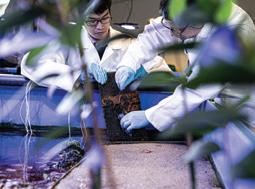
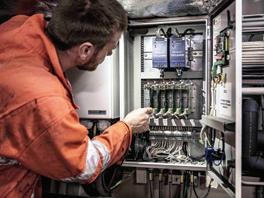
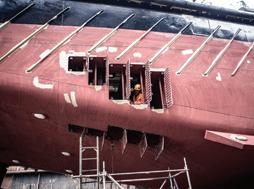

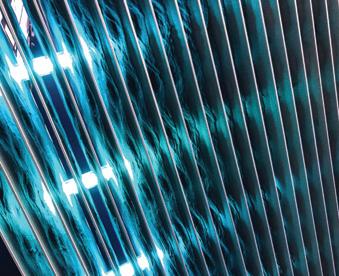
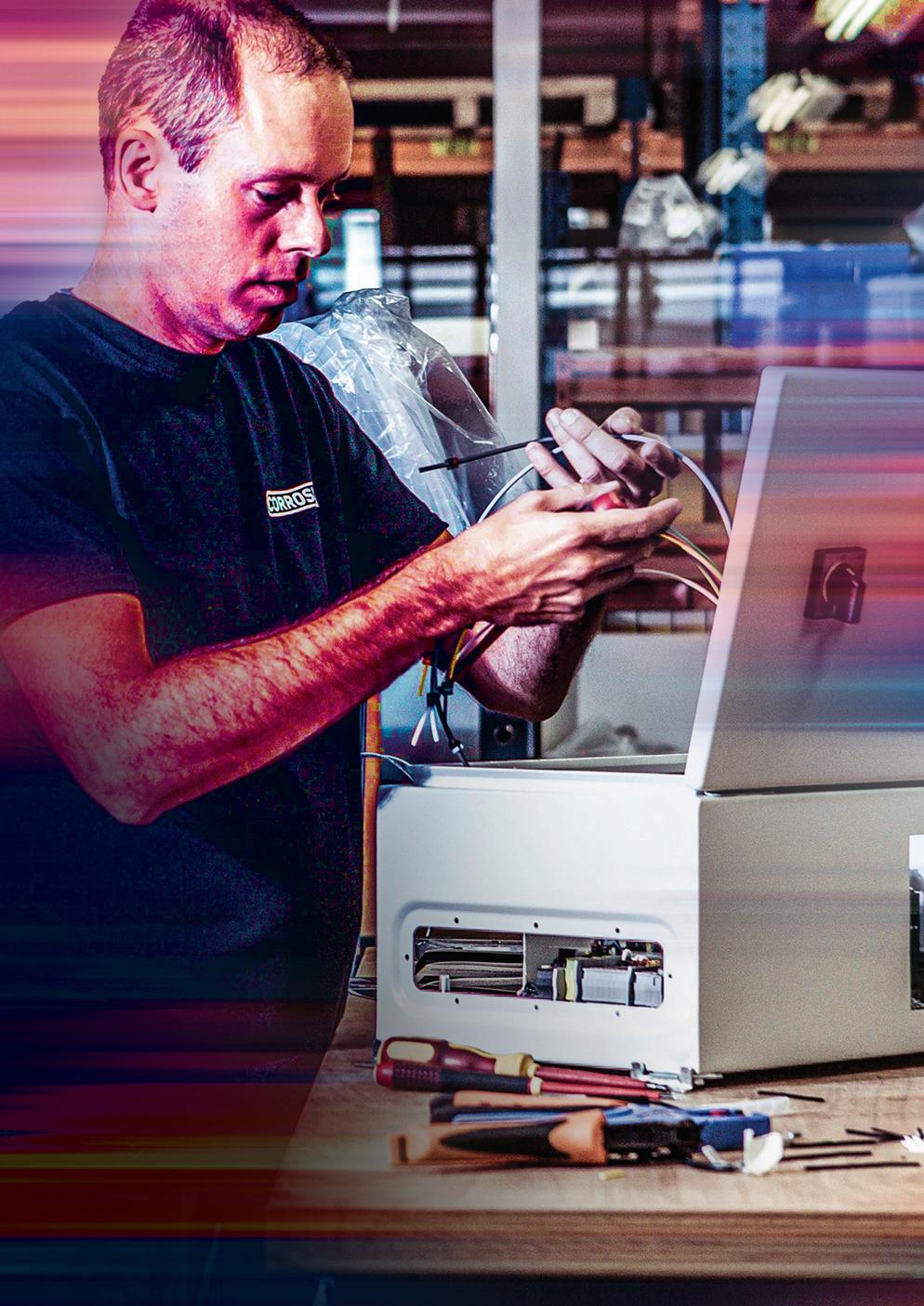
CORROSION I PROFILE
UV-C technology provides complete environmental box cooler fouling protection, even with stagnant water in the box cooler sea chest. The UV-C uses underlying technology based on Philips IP to eliminate fouling growth.
UV-C coolers can be used for both retrofit and new builds. For retrofits, the UV-C cooler is designed to be backwards compatible with the existing box cooler. On new builds, the cooler is custom-designed.
“It is a proud moment for us to develop a ground-breaking system as a marine growth protection mechanism. The innovation is unlike anything on the market and fits today’s needs for sustainable solutions,” commented Mr van der Lip.
“The result is two existing and proven technologies combined in one product which helps increase operational efficiency, reduces costs and limits environmental impact.”
Ultraviolet light in its C spectrum is a green way of protecting the cooler against all types of marine growth and is highly effective in virtually all circumstances. The bulb is mounted in a quartz tube that can endure high pressure, minimising the risk of breakage.
The UV-C light breaks down the cell structure and DNA of all different types of fouling which tend to settle on the pillow plates or in their direct surroundings. As the UV-C coolers are mounted inside the sea chests, they are safe for other sea life and areas within the UV-C light range remain free of fouling.
The coolers are installed in sea chests with inlet and outlets. When a vessel sails, seawater enters the inlet grid and passes through the pillow plates. Here the cooling takes place, and heated seawater exits the sea chest from the outlet grids.
When the vessel is stationary, cooling is achieved by a natural convection flow due to the seawater close to the pillow plates increasing in temperature. The heat transfer is completed by a controlled flow of cooling liquid through the pillow-shaped plates.
The pillow plate heat transfer technique has a higher efficiency than current tube technique, and has been used for decades across other industries.
Mr van der Lip added: “Since the innovation three years ago, we have installed units on many vessels. Our first installation is still going strong today. One client, who has taken another unit on board, has 400 vessels in their fleet, so there is plenty of potential.
“Depending on the type and size of the vessel, there can be one to 20 cooler boxes aboard. We are interested in extending it to other vessels, such as dredgers and luxury yachts, and are talking to a navy with a view to installing the solution.”
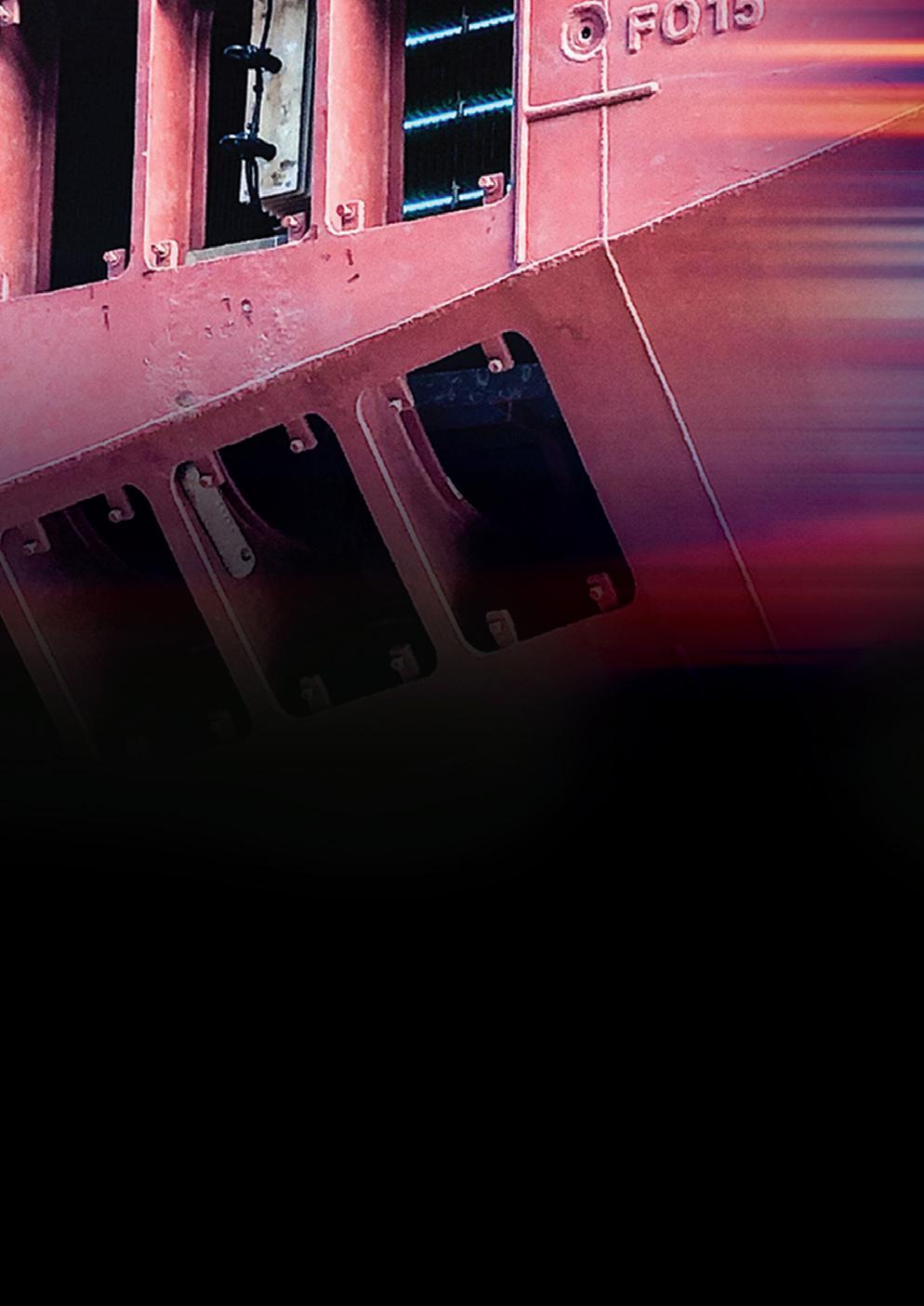
Leading ICCP system for wind
CORROSION is also a world leader in developing solutions for the wind energy sector. Its Impressed Current Cathodic Protection (ICCP) system protects various vital and valuable equipment and structures onshore and offshore.
The company is presently bolstering its presence in key offshore and wind energy sector markets with the appointments of dedicated agents to serve the UK, European, Asian and US markets at a time of rapid growth in the demand for sustainable energy.
“CORROSION is proud of its reputation as a partner with a truly global reach and local expertise,” said Bart Wessels, Chief Commercial Officer. “Through these new appointments and our unique ICCP systems, we will be able to help companies become more eco-friendly and protect vital infrastructures.”
ICCP is a protection system that consists of Mixed Metal Oxide (MMO) coated titanium anodes connected to an external power

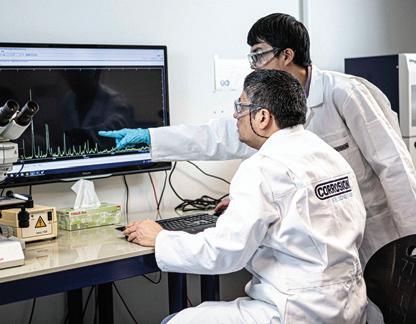


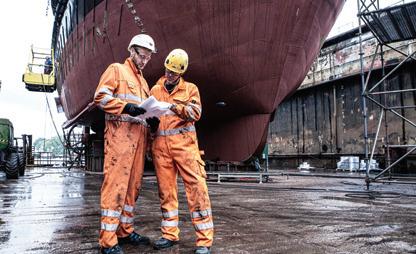

source. This power source provides the current that leads to the electrochemical reaction required for cathodic protection.
Mr van der Lip said ICCP, as the most cost-effective, easy-tomaintain and environmentally friendly solution, presently helps protect over 2,500 offshore wind turbine foundations.
ICCP requires only a limited number of ICCP anodes and sensors to work effectively for more than 25 years – well in excess of the life of a wind turbine. As a result, the same system can continue to be used even if the offshore wind farm’s lifetime is extended.
Another advantage is that they are equipped with a standard feature to take data readings. Adjustments can be made from an offshore wind farm control centre rather than having to do so on location.
Recently, CORROSION was commissioned for 80 transition pieces to be built and assembled at Antwerp’s Smulders yard as part of the Saint-Nazaire wind farm. During this phase, the ICCP system and anodes will be installed and then be transported to France and become part of the wind farm off the coast of Saint-Nazaire.
“A typical offshore windfarm consisting of 80 monopile foundations will dissolve about 1.5 million kilograms of this aluminium alloy into the ocean over 25 years,” revealed Mr Wessels. “In addition, the carbon footprint of manufacturing these sacrificial aluminum anodes should be considered while evaluating a cathodic protection system.
“In the same application, a CORROSION ICCP system will release only 1kg of material into the ocean. Truly the ICCP system is the only green solution for corrosion protection in offshore wind energy.”
More potential opportunities
“We keep in close contact with clients through a strong agent network,” said Mr van der Lip. “We listen to them and provide data feedback to clients so they are completely aware of the solutions in action. If there is a problem, we can react quickly.”
Playing an essential part of the business is CORROSION’s unique research laboratory at Moerkapelle.
“While we have a sound reputation and proven products, we strive to pioneer in ways that go beyond theory and ideas,” he said.
“Our lab is an ideal place to test and continue our mission to bring the most sophisticated, high-quality products and services available in cathodic protection and anti-fouling technologies for the long term. The lab really differentiates us within the market. This is the place where we build on our many years of experience and expertise.”
Mr van der Lip acknowledged that 90% of CORROSION’s products are exported, with the offshore and maritime sectors claiming an equal split in business.
“We are continuing to grow, particularly in the offshore wind business, and we tend to export mainly to Europe and Asia,” he said. “We are a company with a lot of experience and good service, create products in line with the environment as a priority, such as the UV-C Cooler. Because we are highly specialised, we can offer highly detailed knowledge to clients.”
He concluded: “Our laboratory can further unlock that potential as there are still huge opportunities to maximise CORROSION’s influence within its chosen markets.” n











